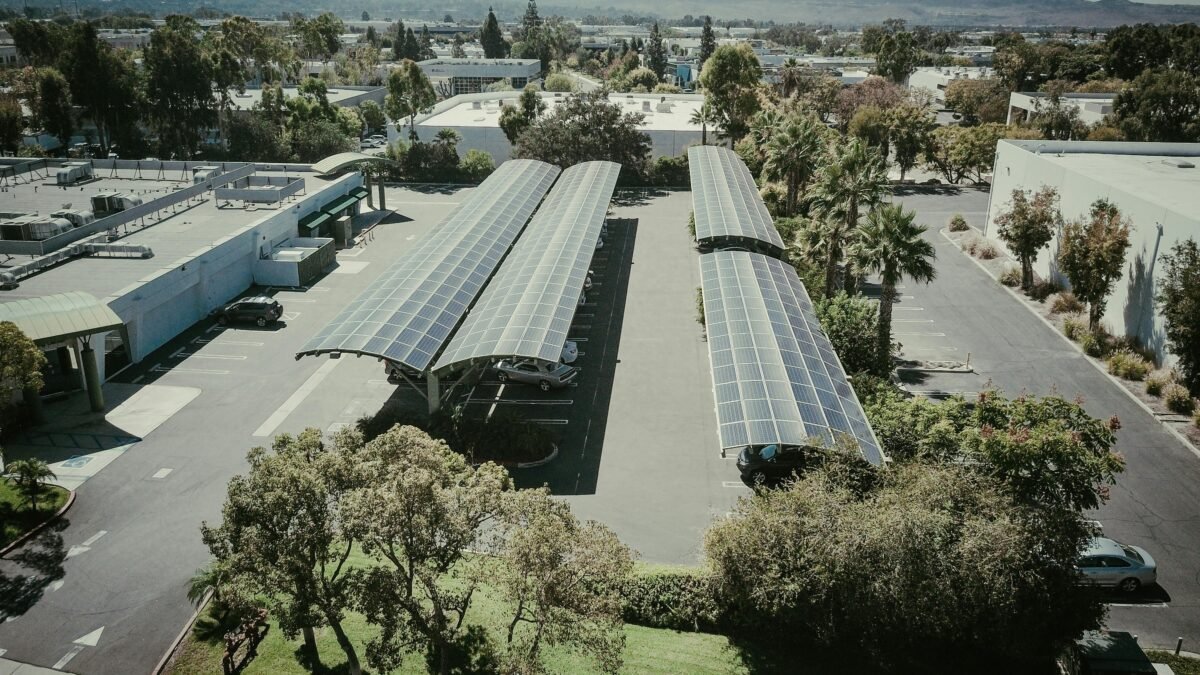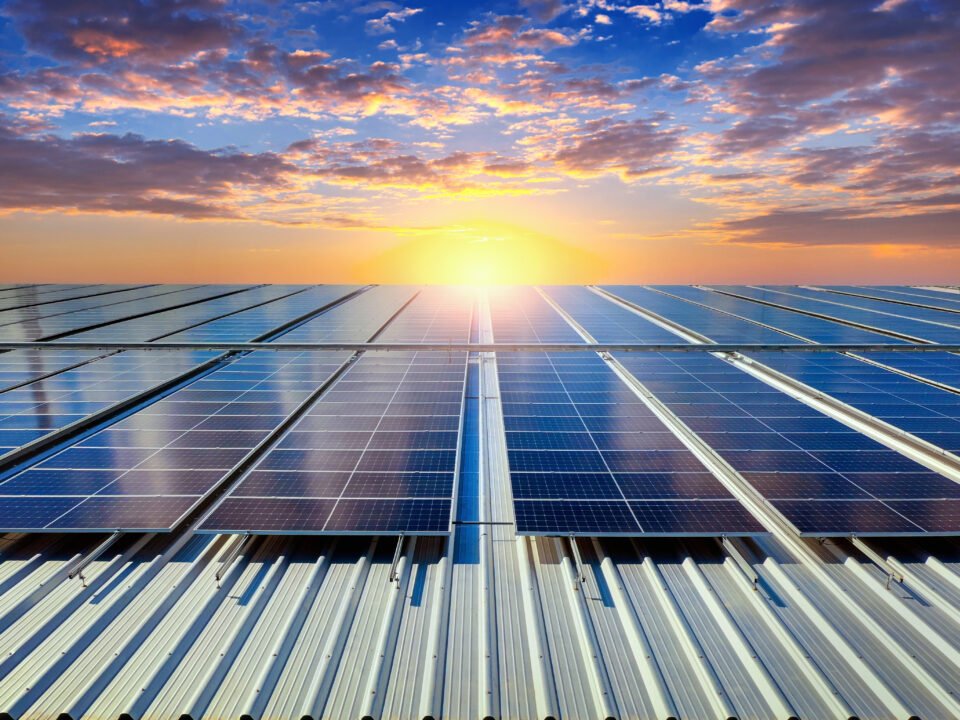As the world races to mitigate the impacts of climate change, the search for sustainable and clean energy sources has never been more urgent. Among the myriad of renewable energy technologies, utility-scale solar photovoltaic (PV) power plants stand out as a cornerstone in the transition to a greener future. These large-scale installations harness the sun’s abundant energy to generate electricity, offering a promising solution to the global energy crisis. Let’s explore the potential and future of utility-scale solar PV power plants.
The Rise of Solar Energy
Solar energy has experienced exponential growth over the past few decades, driven by advancements in technology, falling costs, and supportive government policies. According to the International Energy Agency (IEA), solar PV capacity is expected to reach 1,632 GW by 2024, accounting for about 60% of all renewable energy growth. This rapid expansion is largely attributed to the scalability of solar PV technology, making it suitable for both small residential systems and massive utility-scale projects.
Technological Advancements
The future of utility-scale solar PV power plants is closely tied to ongoing technological innovations. Breakthroughs in photovoltaic materials, such as perovskites, have the potential to significantly increase the efficiency of solar panels. These materials offer higher energy conversion rates and can be manufactured more cheaply than traditional silicon-based panels. Additionally, innovations in energy storage solutions, such as advanced battery systems, are addressing the intermittency of solar power, allowing for the storage and dispatch of electricity when the sun isn’t shining.
Economic Viability
One of the most compelling aspects of utility-scale solar PV power plants is their economic viability. The cost of solar PV electricity has plummeted, making it one of the most cost-effective sources of energy. In many regions, solar power is now cheaper than coal or natural gas. This cost reduction is driven by economies of scale, improvements in manufacturing processes, and increased competition in the solar industry. As a result, utility-scale solar PV projects are attracting significant investments from both the public and private sectors.
Environmental Benefits
Utility-scale solar PV power plants offer numerous environmental benefits. They produce zero greenhouse gas emissions during operation, helping to reduce the carbon footprint of electricity generation. Furthermore, solar PV systems require minimal water for operation, making them ideal for arid regions where water scarcity is a concern. The land used for solar farms can also be repurposed for agriculture or wildlife habitats, enhancing biodiversity and supporting sustainable land use practices.
Challenges and Solutions
Despite their many advantages, utility-scale solar PV power plants face several challenges. Land acquisition and land use conflicts can arise, particularly in densely populated areas. Additionally, the disposal of old or damaged solar panels poses an environmental risk. However, solutions such as recycling programs for solar panels and the development of floating solar farms (installations on bodies of water) are being explored to address these issues.
The Global Outlook
The global outlook for utility-scale solar PV power plants is overwhelmingly positive. As countries around the world set ambitious renewable energy targets, the demand for solar power is expected to soar. In India, for example, the government aims to achieve 100 GW of solar capacity by 2022, with a significant portion coming from utility-scale projects. Similarly, in the United States, large-scale solar installations are projected to contribute significantly to the nation’s renewable energy mix.
Conclusion
Utility-scale solar PV power plants represent a pivotal element in the future of renewable energy. With ongoing technological advancements, decreasing costs, and a growing commitment to sustainable development, these large-scale solar installations are poised to play a crucial role in the global energy transition. As we look to the future, the expansion of utility-scale solar PV power plants offers a beacon of hope for a cleaner, greener, and more sustainable world.




